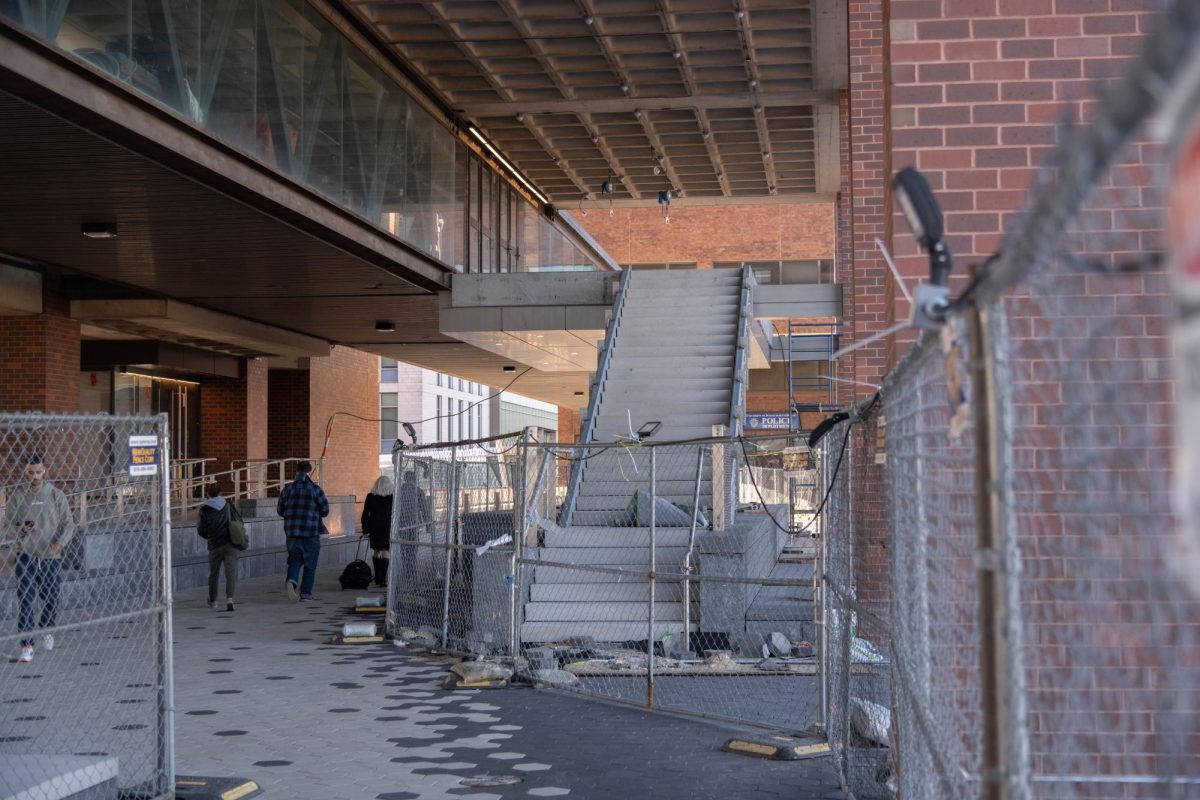Recently, I visited a friend who goes to a four-year private school and was struck by how homogenous the student body was; it felt like high school all over again. It reminded me how, yes, UMass Boston is a genuinely diverse campus. In any group of students, you’re bound to meet someone who will introduce you to a new point of view or way of thinking. Of course, UMass Boston loves to advertise its diversity statistics every chance it gets. The UMass Boston website boasts its status as the third most diverse college in the United States, according to 24/7 Wall Street. It also adds that, with an average yearly cost of $21,777, UMass Boston is generally more accessible than other schools. [1]
However, what the UMass Boston website fails to include is the reason it is so diverse—it’s certainly not because UMass Boston makes its campus uniquely safe for minority students. According to the original article, which isn’t included on the UMass Boston site, “Colleges like University of Massachusetts-Boston offer significant discounts in tuition for in-state students. The discounts likely help a broad array of students from nearby communities attend these schools, so the diversity in the surrounding community is reflected in the student body.” [2]
UMass Boston is using its diverse student body as an advertising ploy while providing only bare-bones resources for the actual underprivileged minorities it’s so proud of. Take, for example, the Interfaith Center, which can only be accessed during regular campus hours by calling the UMass Boston police and asking them to let you in. All but two of the advertised spiritual clubs on campus are Christian-based, and the only ministry and most other resources are for Catholic or Protestant students. There is one student-run Muslim group and one student-run Jewish group, and no resources for any other religions.
What about disabled students? Sure, all the buildings on campus have elevators and wheelchair-accessible doors—when they work. For weeks, the automatic doors to both Residence Halls have been non-functional, reducing the handicapped-accessible entrance to a heavy door that’s even harder to open than normal. To access Healey, physically disabled students have to navigate a series of elevators and walkways to even get into the building. That’s not to mention Wheatley and McCormack’s labyrinthine halls, which are easy to get lost in even without being visually impaired or in a wheelchair.
The same story is true for queer students on campus. Sure, there’s the Queer Student Center, an organization which hosts fun events around campus, like drag shows and a sexual health resource fair. UMass Boston even hosts diversity training for its faculty, including lessons on how to use pronouns besides he and she. On the flip side, just last week UMass Boston allowed “sin awareness week” protestors to protest “sexual degeneracy” in the courtyard area outside Wheatley Hall, McCormack Hall and the Campus Center. A fellow student described how they saw one protestor get physically close to two queer students he was arguing with, all within a stone’s throw of the campus police.
Some of UMass Boston’s efforts feel like a slap in the face to minority students. Before the school year starts, students have to complete Title IX training about race sensitivity, sexual assault, hazing and more. The training encourages students to imagine if one important aspect of their identity was changed—how would that affect their daily lives? For minority students, especially the students of color who this training seems to have forgotten about, this is repetitive and useless; who is this training aimed toward?
UMass Boston is a wonderful, lively, diverse campus full of students of all races, ethnicities, backgrounds and identities. As much as our institution would like to take responsibility for its diversity, all credit should go to its students, not its administration. Until UMass Boston puts its money where its mouth is and creates more resources for its underprivileged students, it has no right to claim responsibility for the vibrant campus students have created.
SOURCES:
[1] https://www.umb.edu/news/2020/umass-boston-third-most-diverse-college-in-us-r/
[2] https://247wallst.com/special-report/2020/02/06/these-colleges-have-the-most-diverse-student-bodies/



